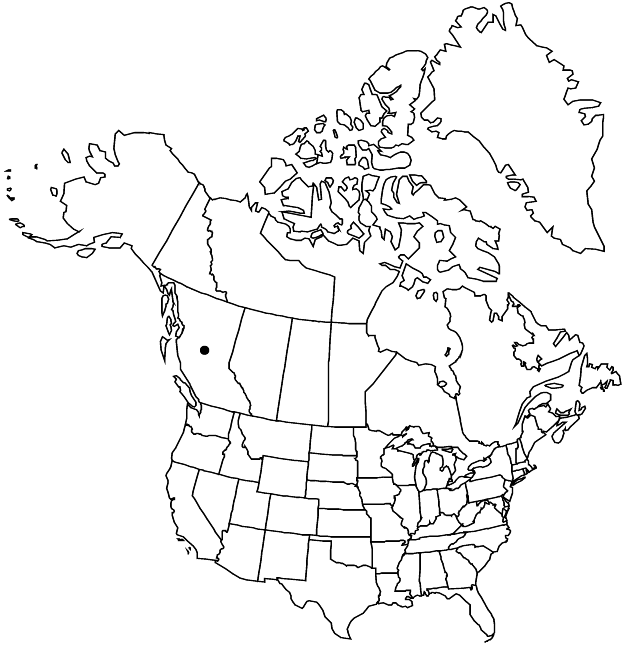Saxifraga tridactylites
Sp. Pl. 1: 404. 1753 ,.
Plants annual, solitary, (often reddening with age), not stoloniferous. Leaves basal and cauline, (basal usually withered at flowering, cauline reduced); petiole absent or present, flattened, 2–10[–20] mm; blade spatulate or elliptic to ovate, (2–)3(–5)-lobed apically or unlobed (lobes divergent), 2–10(–23) mm, thin, margins entire, stipitate-glandular, apex obtuse, surfaces ± purple-tipped stipitate-glandular to glabrate. Inflorescences 2–10[–50]-flowered, loose thyrses or cymes, sometimes solitary flowers, 0.5–6 cm, purple-tipped stipitate-glandular; bracts sessile or short-petiolate. Flowers: sepals erect, elliptic to ovate, margins ± stipitate-glandular, surfaces adaxially ± stipitate-glandular; petals white, not spotted, narrowly obovate to oblanceolate, 2.5–3 mm, longer than sepals; ovary 3/4 to completely inferior. 2n = 22 (Europe).
Phenology: Flowering spring–early summer.
Habitat: Moist rock crevices above beach, sandy or with humus, open sandy headlands, rock walls
Elevation: 0-100[-1800] m
Distribution

Introduced; B.C., Europe, sw Asia, n Africa.
Discussion
Most of the locations for Saxifraga tridactylites in the flora area are from around Victoria.
Selected References
None.